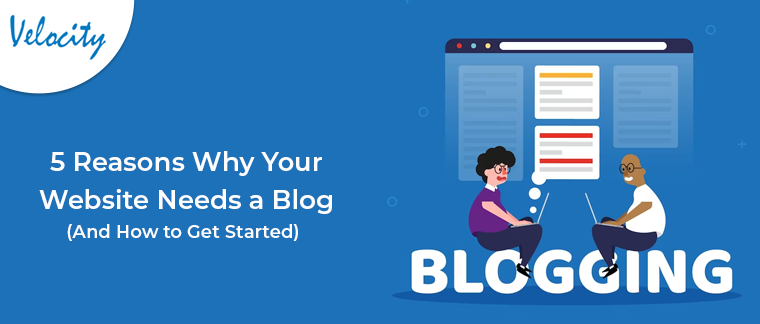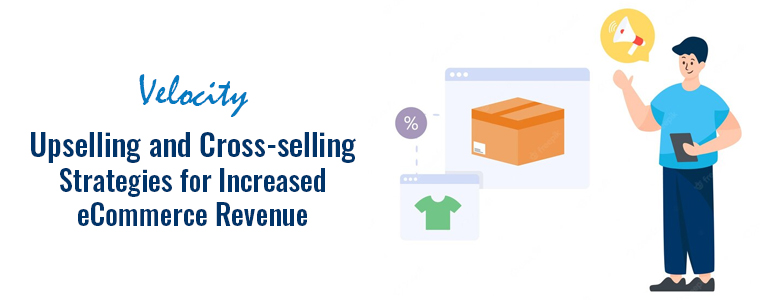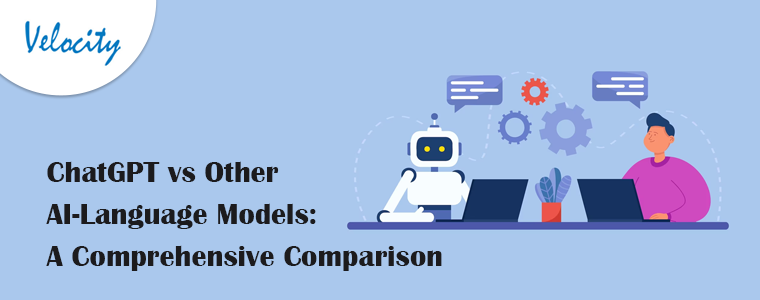There are 3 reasons for which people normally search on search engines
* To gather facts or information (informational search)
* To search with an intent to make a purchase (transactional search)
* To drive the searcher to a pre-determined destination (navigational search)
Did you catch those three reasons? These reasons are based on search intent optimization and addresses the needs of users for content optimization. The way search is conducted primarily depends over the way your content is optimized. Search intent optimization is generally based on identifying such topics and questions that people are looking for while searching for a specific term. This in turn helps in creating content that people are looking for.
Do you need to optimize your content for search intent?
Content creation isn’t about just sharing information. The information has to mean something to your customers and be useful. Keeping your customers engaged and getting them to continuously come back to you as a source is the goal. For this you need to-
- Determine those pages which require optimization- Once the content is ready, all you need to do is start tweaking so that it encourages further user engagement and to recognize it, start with your landing pages.
- Analyze intent of visitors- Before posting any content on your landing or product page, you will have to understand what visitors are looking for while clicking on your web page. Do you have the required and important information posted in? Understand it so that you can find areas for improvement.
- Optimize- It’s time to start optimize your content. For doing so, you need to design a content that is story-based, factual, informative and knowledge sharing. The best thing you can do is keep your readers in mind while writing a content rather focusing on search engine relevancy.
- Apply changes- Move ahead to publish your content and evaluate the impact your optimization had on your content’s performance.
Check Results with Google Analytics- Once your page goes live, check in back with your analytics whether changes implemented worked out or not. Record the adjustments and then further rinse and repeat.
Before understanding search intent, you need to understand what your product/service says. The best way you can understand search intent is by communicating with your customers. Once you understand their search patterns, you can set up different types of content for users in different stages of the search process.
If you wish to know your target audiences, you will have to go through a slow and steady process to acquire results you are dreaming of and gain trust with your audiences. So start following these steps and optimize your content for better user engagement and conversions.








